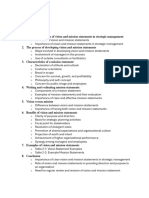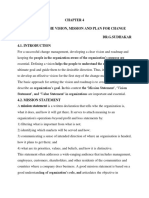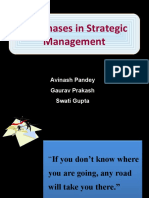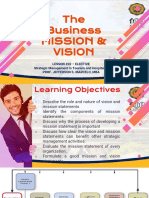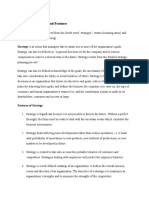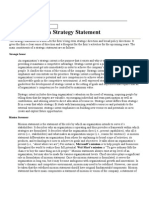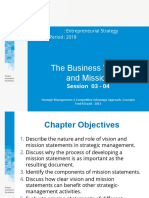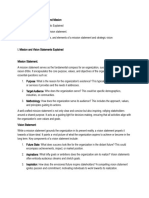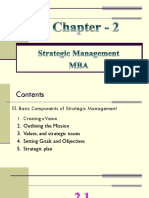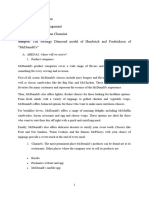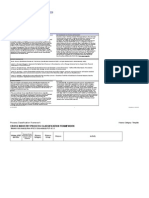0% found this document useful (0 votes)
42 views9 pagesStrategic Vision & Mission Guide
MGT 6303 Strategic Mgmt
Uploaded by
yopena1951Copyright
© © All Rights Reserved
We take content rights seriously. If you suspect this is your content, claim it here.
Available Formats
Download as PDF, TXT or read online on Scribd
0% found this document useful (0 votes)
42 views9 pagesStrategic Vision & Mission Guide
MGT 6303 Strategic Mgmt
Uploaded by
yopena1951Copyright
© © All Rights Reserved
We take content rights seriously. If you suspect this is your content, claim it here.
Available Formats
Download as PDF, TXT or read online on Scribd
/ 9



